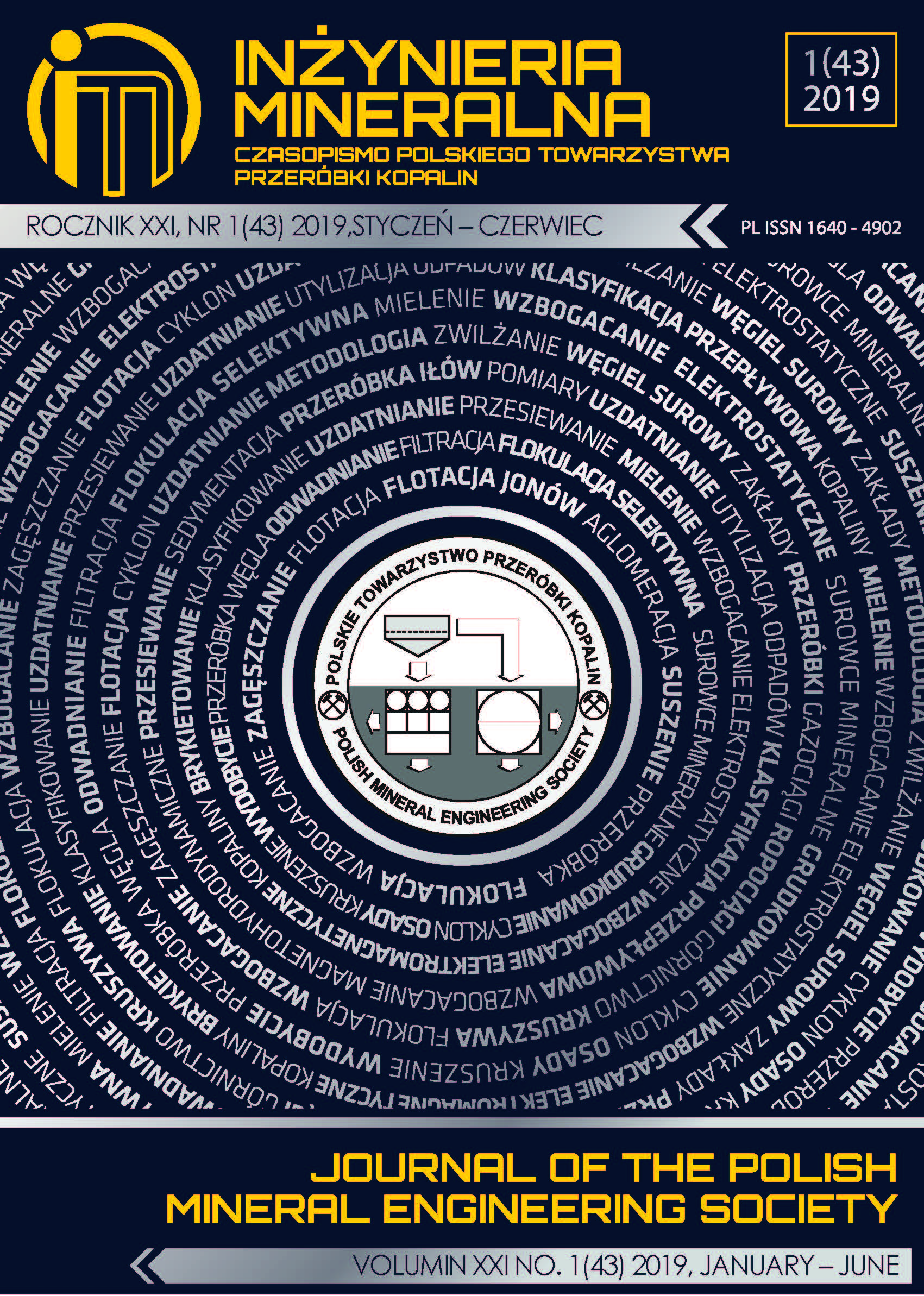Size Distribution of Particulate Matter in Indoor Environment During Nanomaterial Paint Application
Abstract
Due to the increasing production and development of nanoparticles, it has become necessary to control the exposure to ultrafine
particles (aerodynamic diameter < 0.1 μm) when handling nanopaints. The paper deals with the number and mass distribution
of particulate matter (PM) in an indoor environment before, during and after the application of paint Protectam FN containing
titanium nanoparticles. The size distribution determination was performed by the electrical low-pressure cascade impactor (ELPI+)
in the range from 0.006 μm to 9.93 μm. The highest number of particles was observed in the range from 0.006 to 0.0175 μm. The
particulate mass concentration ranging from 0.0175 to 0.0307 μm did not represent more than 0.5% of the sum of PM10 during the
individual measurements. The particle mass concentration increased in the range of 0.0175 to 0.0307 μm, after application of the
coating nanopaint Protectam FN, but it was observed that the total number of particles has decreased. During the days following
the application of the nanopaint, the mass concentration in this grain size class was significantly reduced.
This journal permits and encourages authors to post items submitted to the journal on personal websites or institutional repositories both prior to and after publication, while providing bibliographic details that credit, if applicable, its publication in this journal.







.png)
